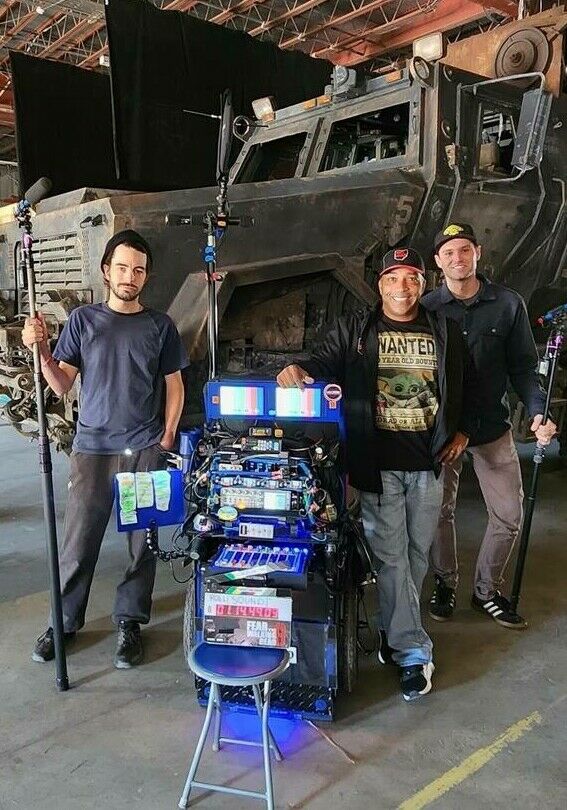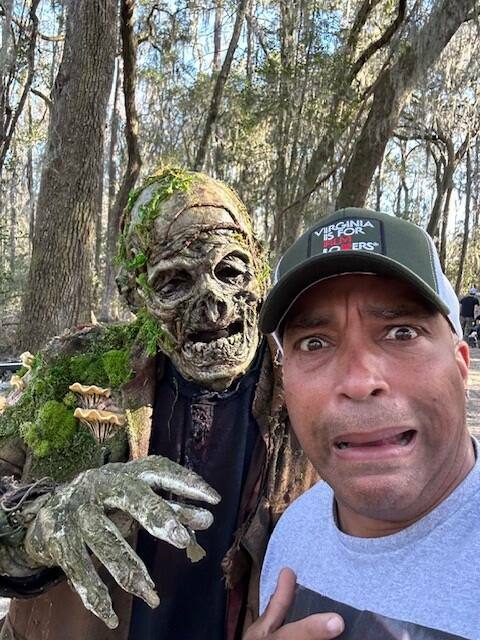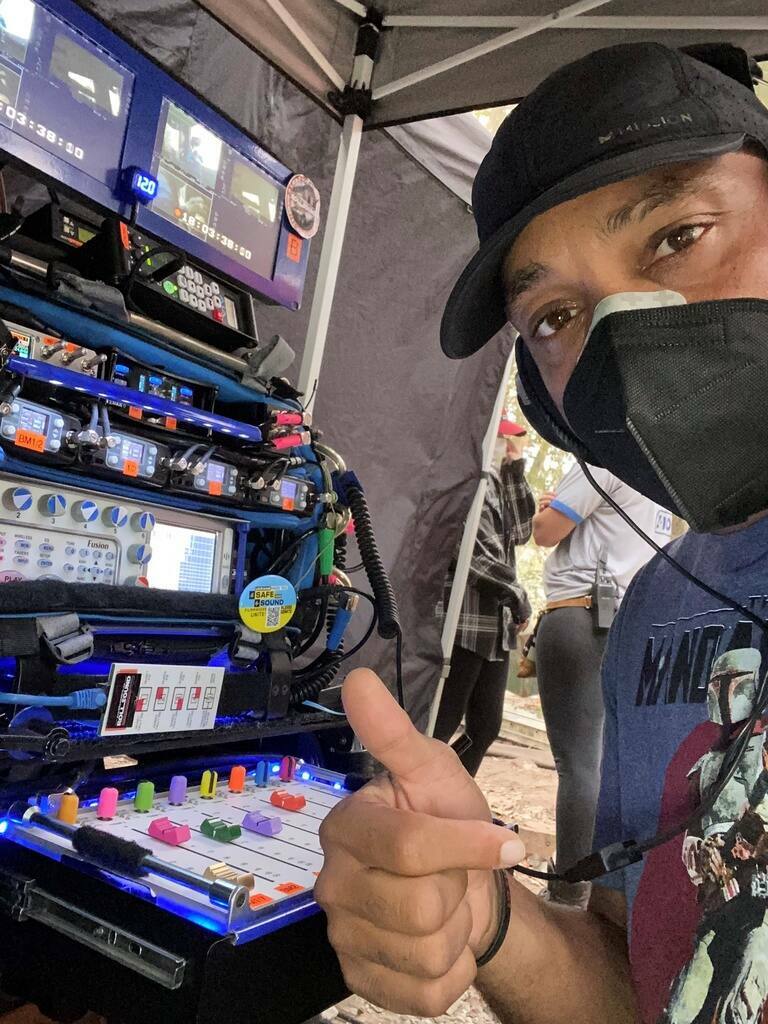American post-apocalyptic horror drama television series Fear the Walking Dead is a spin-off to The Walking Dead, and its eighth season, for which filming took place in L.A, Texas, Vancouver, Canada and Mexico, is its last. Production sound mixer Marlowe Taylor reveals how the show has been one of the most challenging, yet rewarding gigs of his career.
In his Cleveland Studio, Taylor has recorded the likes of Chuck D and Snoop Dogg, while as a film and TV mixer, he has worked on projects as varied as Judas and the Black Messiah, Queen & Slim and The Marksman. One constant in his life since 2015, however, has been his role on Fear the Walking Dead.
To be prepared for everything a zombie apocalypse could throw at him, he made sure he was prepared for every audio scenario, using Lectrosonics’ D Squared system, DCR822 and DSQD receivers and Digital Hybrid wireless, along with multiple SMQV, watertight WM, micro-compact SSM, plug-on HMa, plus his trusty UCR411a units for vehicle work.
“One of the biggest challenges so far this season was our James Bond-style boat chase scene,” Taylor reflects.
“We had six actors on one boat, and they let the actor drive the speedboat. They’re speeding down a river and the bad guys are chasing them and shooting at them. There’s all this yelling in the dialogue. For this, we had six 411s in a bag in our follow boat, and we’re trying to keep up.
"Video kept losing their image even though it was compressed to 1080 for transmission. But the Lectro just held on, and that was just using SMQV packs on the actors set to 100mW output,” he enthuses.








